Knee pain is one of the most common complaints seen in Osteopathic clinics.
Whether it’s a dull ache when walking downstairs, sharp pain during sport, or discomfort after long periods of sitting, it’s common to assume the knee itself is the problem. Although often, it’s not that simple.
Osteopaths understand that the source of pain may not always come from where you feel it. This is especially important to consider for the knee, an area that is often the victim of a dysfunction elsewhere, such as the hip, foot or in some cases, the low back.
Why the knee may be the victim
The knee lies between two major joints of the lower limb, the hip and the ankle. If either joints are not working properly, perhaps due to stiffness, weakness, poor coordination or an old injury, the knee will usually compensate, eventually resulting in irritation and pain.
Let’s use a runner for example. If the glute muscles of the hip are not working effectively, than the thigh may begin rotating inwards with each stride. The force travelling through the knee is no longer distributed evenly but is instead transferred more through the outer knee, resulting in other conditions such as ITB syndrome, a Meniscus injury or Patellofemoral pain.
On the flip side, the foot can have the same effect. If the foot overpronates with each step, sometimes a result of flat feet or poor ankle coordination, it can pull the knee inward when stepping, also modifying the load through the knee.
These adjustments will affect the knee’s usual biomechanics. The knee is a hinge joint, designed to move forward and back. Twisting and side-bending is extremely limited, therefore, unnatural patterns with walking, running, cycling or swimming can damage tissues surrounding the knee over time. This emphasises why movement patterns may need to be corrected, rather than simply treating the knee.
An Osteopathic approach
In clinic, Osteopaths will look at the whole body and how it moves. Knee movement is observed not only in isolation, but also in relation to the hip, ankle and low back using relative functional movements such as a walking, climbing stairs, squats and running. Once the root cause of your knee pain is identified, Osteopaths will take a holistic approach to treatment and rehabilitation, helping you return to the activities you love while supporting long-lasting recovery.
To find out more about the author Tory, click here.




